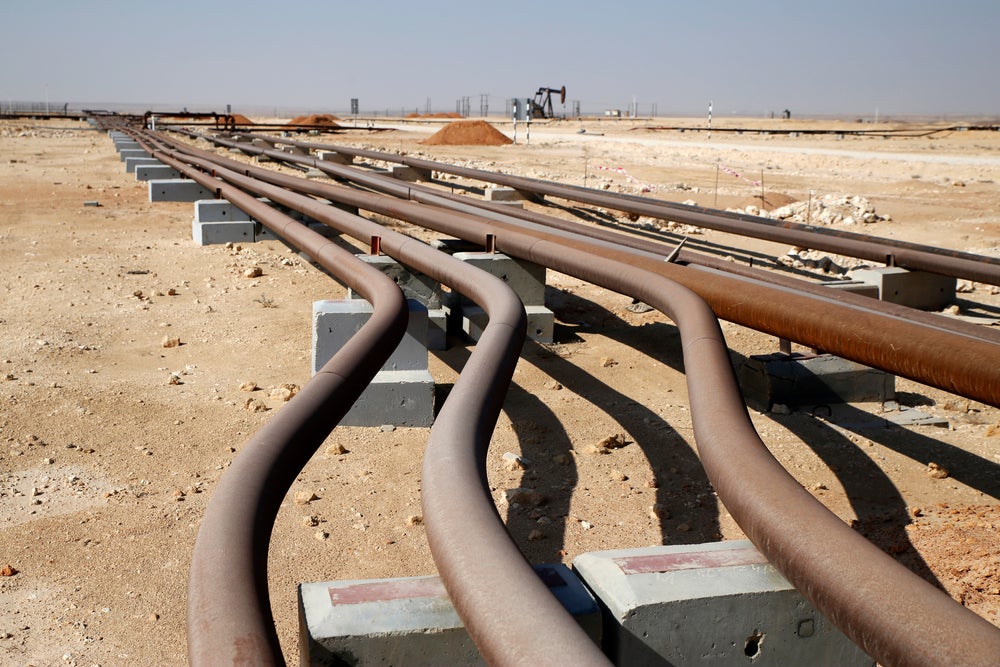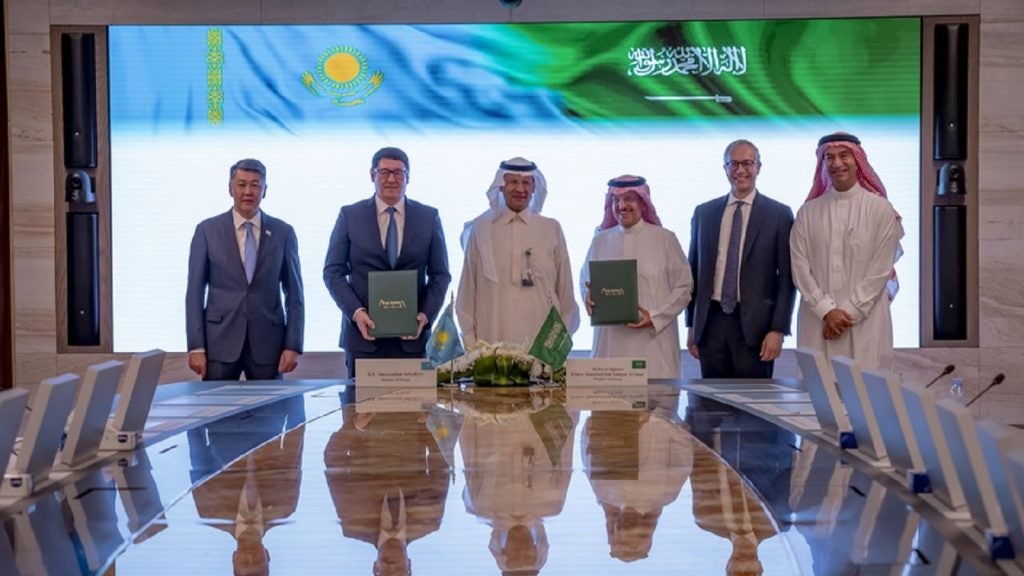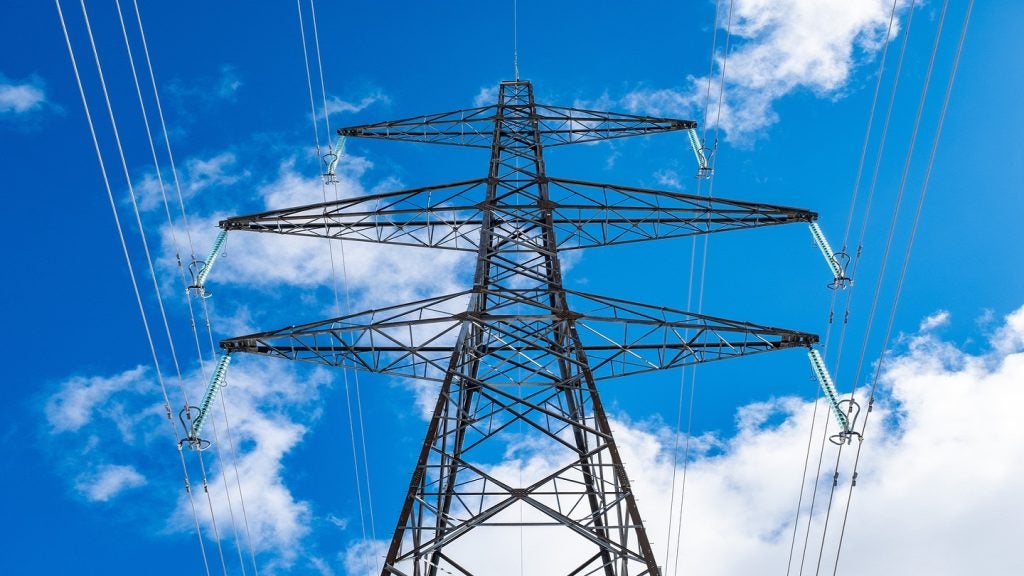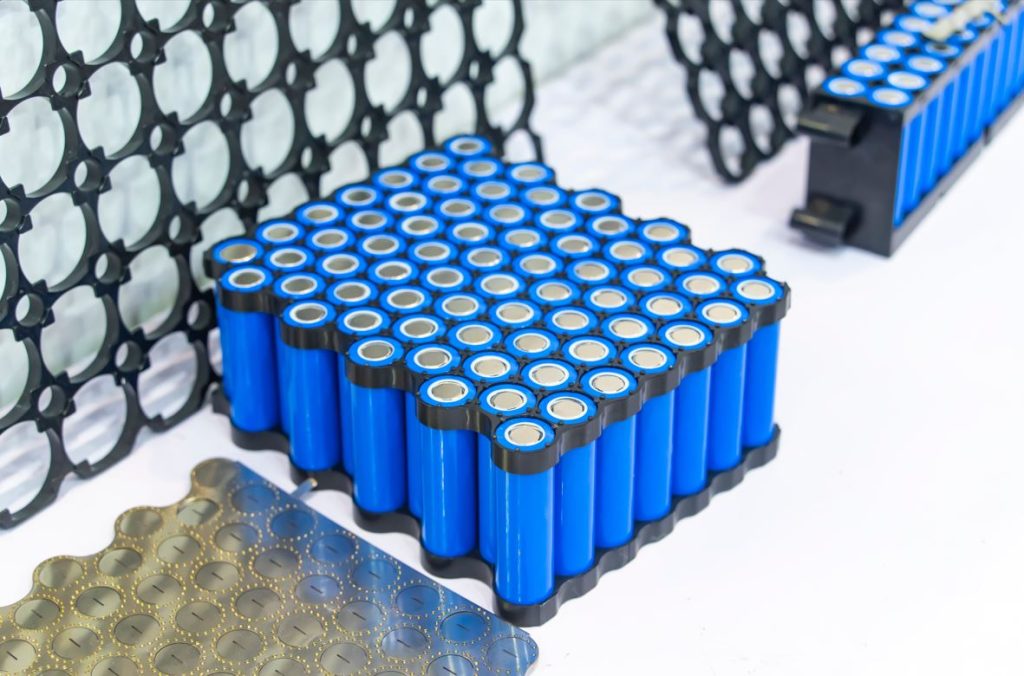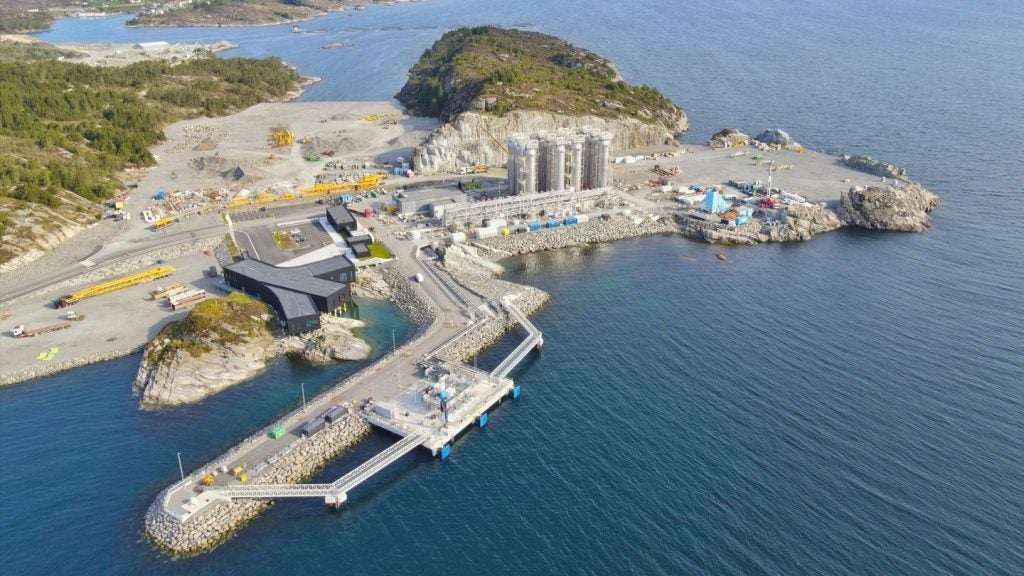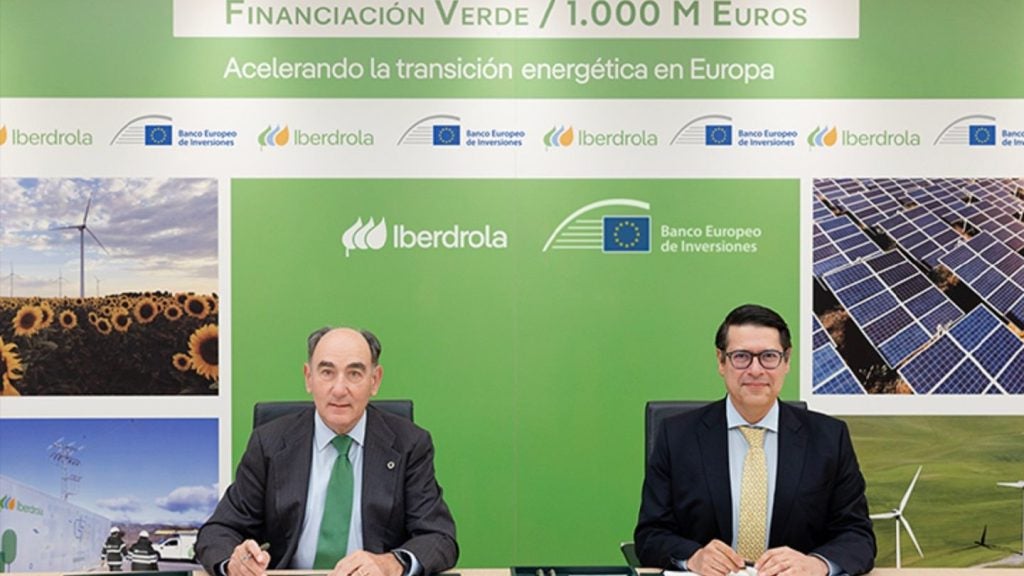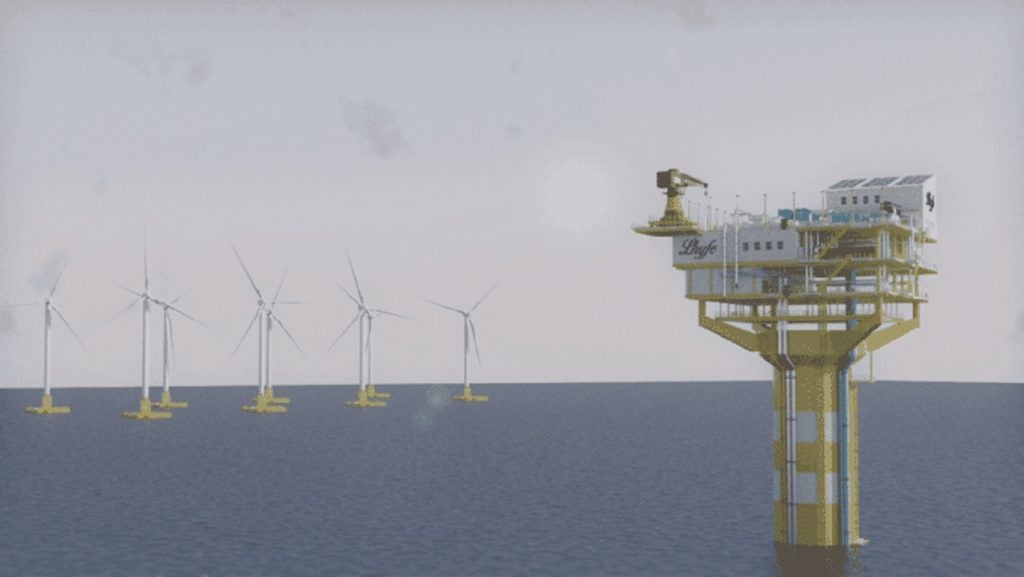The IEA has issued a report to Oman’s Minister of Energy and Minerals, Salim Al Aufi, on the country’s capacity to become a low-emissions hydrogen supplier by 2030.
The report is the first to analyse renewable hydrogen potential for a fossil fuel-producing country.
Oman has set targets to produce at least one million tonnes of renewable hydrogen annually by 2030, up to 3.75 million tonnes by 2040 and 8.5 million tonnes by 2050. According to the report, Oman is on track to become the sixth-largest exporter of hydrogen globally and the largest in the Middle East by 2030.
“Oman is an oil and gas producer country that is taking an enlightened approach to its energy future, with a clear long-term vision and strong net zero ambitions,” IEA executive director Fatih Birol said in a statement. “Thanks to its huge potential for low-cost solar and wind, renewable hydrogen is set to bring multiple benefits to Oman”.
Oil and gas account for around 60% of Oman’s export income. Birol hopes that the collaboration with the IEA will “show other producer countries what is possible”.
Hydrogen production is often attractive to major fossil fuel producers as most of the infrastructure required for the oil and gas industry can be repurposed.
“The most economically rational action”
“From an energy perspective, Oman is better known for being an oil and gas developer; however, it is also blessed with globally competitive solar and wind energy resources”, said Al Aufi.
“The most economically rational action for us is to embark on using this as the most viable and sustainable energy of tomorrow, including decarbonising the power generation, local industry and hydrogen production for export,” he added.
In energy equivalent terms, the 2040 hydrogen target would represent 80% of Oman’s current liquefied natural gas exports. Domestic natural gas accounts for more than 95% of the country’s electricity generation.
In October last year, Oman announced its intentions to reach net-zero emissions by 2050. In the same month, Hydrom, a subsidiary of Energy Development Oman, was developed and tasked with managing the country’s hydrogen strategy.
Up until now, the government has put aside 1500km² of land for potential renewables development.
The report states that Oman’s hydrogen will likely be transported as ammonia in the first instance. Oman currently exports around 200,000 tonnes of ammonia per year. According to the IEA, its ammonia export capacity would need to be 20–30 times higher by 2030 to become a global hydrogen player.


